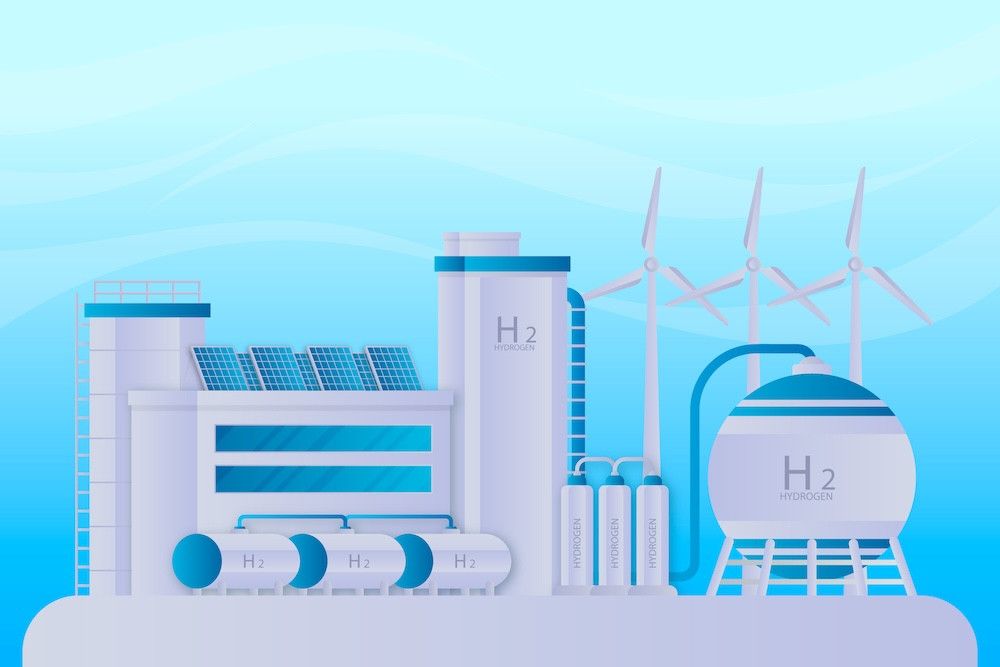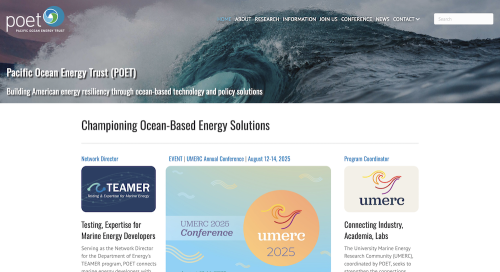Turning Waste into Fuel: How Hydrogen Refinery is Reshaping Sustainable Aviation Fuel


Cut through the green tape
We don't push agendas. At Net Zero Compare, we cut through the hype and fear to deliver the straightforward facts you need for making informed decisions on green products and services. Whether motivated by compliance, customer demands, or a real passion for the environment, you’re welcome here. We provide reliable information—why you seek it is not our concern.
Interview with Stephen Voller, CEO of Hydrogen Refinery
In the evolving world of low-emission fuels, few companies are addressing two major problems simultaneously: waste management and decarbonization. Hydrogen Refinery is doing just that with its patented Plasma Electrolyser System (PES). During a recent interview, Stephen Voller, CEO of Hydrogen Refinery, shared with us how their technology converts mixed municipal and plastic waste into hydrogen and e-fuels, including Sustainable Aviation Fuel (SAF) and synthetic marine diesel (SMD).
🎥 Watch our full interview with Stephen Voller, CEO of Hydrogen Refinery, where he discusses the company’s patented technology, cost model, and global SAF expansion strategy.
Modular Design for Global Scalability
Originally developed for military use, the PES has now matured into a commercially viable solution. The system’s modular architecture means that larger production facilities are created by scaling up small units. This design flexibility allows for regional deployment, especially important for reducing transport emissions, and accelerates time-to-market.
According to Voller, one of the key remaining hurdles is scaling this modular system efficiently to meet surging SAF demand. With more than 8,000 tier 2 and tier 3 airports around the world, the strategy is to deploy plants near local waste sources and fuel demand hubs.
The Cost Advantage: Getting Paid to Take Feedstock
Unlike traditional Power-to-Liquid (PtL) routes that rely on expensive green hydrogen and direct-air-capture CO2, Hydrogen Refinery enjoys a unique cost structure. The company is paid to accept waste, effectively making their feedstock zero-cost. This flips the economic model: revenue comes both from tipping fees and fuel sales.
For SAF specifically, which is currently priced 2 to 3 times higher than fossil-based aviation fuel, this creates a strong profit margin. Voller notes that selling to high-demand buyers like Farnborough Airport supports their revenue model and showcases the fuel’s performance.
Verified Carbon-Negative Claims
Voller was candid about the carbon accounting behind their process. For each tonne of waste processed, they prevent an estimated 28 tonnes of CO2-equivalent emissions, primarily by avoiding methane release from landfills. This life-cycle carbon negativity is a major selling point for regulators and investors.
Their process also doesn't rely on external CO2 capture. Instead, the waste itself contains enough carbon-based molecules, which are broken down using plasma into hydrogen and syngas for further synthesis into fuels.
No Need for Waste Pre-Treatment
A major innovation is the system’s ability to process unsorted, uncleaned waste without catalysts. The plasma electrolyser breaks molecular bonds directly, enabling conversion of highly variable feedstock. This eliminates pre-processing costs and makes contracts for feedstock procurement more straightforward.
"We don’t need sorting, drying, or cleaning," says Voller. "The technology just works on whatever you feed it."
Regulatory and Market Tailwinds
Hydrogen Refinery is moving quickly to align with fast-approaching regulations. ReFuelEU Aviation and UK SAF mandates, already in force, require a 2% SAF blend. Hydrogen Refinery targets airports affected by these mandates first. Their Farnborough project exemplifies this strategy: a business aviation hub subject to UK blending rules and highly motivated to show sustainability credentials.
Voller anticipates that demand will grow significantly as these targets ratchet up, giving his company a solid runway for expansion.
Competing Fuels: Why SAF Wins in the Near Term
While Hydrogen Refinery’s PES units could also produce e-methanol and green ammonia, Voller is clear-eyed about market realities. Aviation fuel infrastructure is deeply entrenched, and aircraft fleets are locked into using Jet A-1 equivalents for the foreseeable future. Meanwhile, maritime shipping may see earlier adoption of hydrogen-derived fuels.
Hydrogen vs. Batteries: Storage Strategy Insights
Stephen Voller also holds patents in hydrogen and battery technologies. When asked about grid-scale storage (e.g., 100 MW projects), he noted that lithium-ion and iron-air batteries remain more efficient and immediate choices. Hydrogen, however, plays a strong role in energy-dense fuel production and potentially in heavy transport.
Carbon Capture Integration? Not Needed
Some companies pair waste-to-fuel systems with carbon capture from cement or steel plants. Hydrogen Refinery doesn’t need this. Their own process creates the necessary CO2 or carbon monoxide internally. At their Bali facility, for example, CO2 is harvested and used to produce urea fertilizer. This integrated model keeps operations streamlined.
Bankable Offtake Agreements: Learning from Farnborough
Their deal with Farnborough Airport for 12.5 million liters of SAF per year has provided essential lessons. For one, airport customers need fuel that meets existing safety and performance specs. Secondly, offtake contracts must be bankable, structured with clear terms and predictable delivery schedules. These insights are now being applied to negotiations with other regional airports.
Roadmap to 2030: Aiming for 100 Plants
Looking ahead, Voller envisions having 100 modular plants either under construction or producing by 2030. These will likely be concentrated in Europe, North America, and Southeast Asia. The product mix will remain SAF-heavy, due to demand from aviation, but could expand to synthetic diesel and fertilizer co-products. Key milestones to watch include:
Commissioning of additional airport-adjacent plants
Updates to EU and UK SAF mandates
Expansion into maritime fuels
Final Thoughts
Hydrogen Refinery’s model, with paid feedstock, modular design, and regulatory alignment, offers a rare combination of economic viability and carbon negativity. For businesses, regulators, and investors navigating the low-emissions fuel space, the company represents a tangible, scalable path forward.
For more interviews, technology breakdowns, and sustainability insights, visit Net Zero Compare.

More related content

Interview with Jing Tian, Chief Growth and Revenue Officer at Tigo ...

What is Holding Back the Grid? Key Takeaways from a Conversation wi...

Bridging Innovation and Policy in Marine Energy: An Interview with ...
